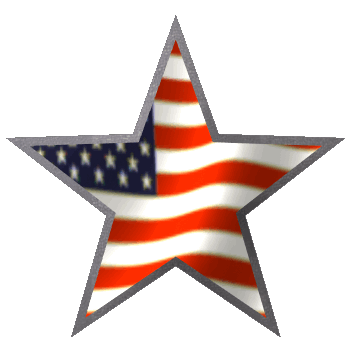|
(2014
midterm assignment) Sample Student Midterm answers 2014 #1: Long Essay |
 |
Elizabeth Sorensen
Teaching About America
As a future educator, I believe the
question, which America do we teach, is a profound question. When studying
America throughout grade school I remember talking about Christopher Columbus,
the Mayflower, and how Europeans came to America to settle for religious
freedom. After we studied these things, we began to study Native Americans. We
studied the individual tribes and their cultures, then went on to discuss very
little about the interactions between Americans and Native Americans. As I have
embarked on my college education, I have felt as though a serious injustice has
been done to me. Through my college level history courses, as well as this
Literature course I have found that information was withheld from me when I
studied this subject public school. American history is an 11th grade
course making it the perfect age to discuss topics such as those discussed
within this course. Obviously there is TEKS and a curriculum that needs to be
followed within public schools, but that does not mean events should be sugar
coated or left out of our history. I believe the America we should teach to the
youth of our country is a story of the differing perspectives among the people
who established our nation and give the students the power to form their own
ideas.
Before
this course, I believed that literature and history were two separate subjects,
which they are in some ways, but I have found that history comes from literature
and can be taught through literature. For example, if I am teaching my 11th
grade American History students about early American history, I could use texts
such as Columbus’s Letters, John Smith’s “A General History of Virginia”, and
Cabeza de Vaca’s “La Relacion”. These texts discuss stories about the earliest
arrivals in America and my students would be able to draw their own conclusions
and hopefully gain a better understanding about what America was like in the
beginning. They might even want to learn more. This extension would go beyond
the basics in the textbook, that way students might even gain some enjoyment
from the literature while learning about history. These events were real and the
information would be coming from primary sources instead of a textbook. I always
found more meaning in history when it came from outside sources other than just
the textbook, and hopefully my students will feel the same way. This was the
America I wanted to learn about, and the America I want to teach my future
students; the real deal no matter how messy it might be. This is one possible
way I could take this course and apply it to my future.
The captivity narratives fall into a very
interesting category. They tell the story of two cultures interacting with one
another. Whether this interaction was good or bad, we still gain perspective
from reading these stories. What do public schools teach about this subject? I
don’t remember ever learning about Americans being captured by Indians, so
perhaps it isn’t even taught which takes us back to the fact that American
history is sugar coated. On the other hand, I did learn about Indians
assimilating into American culture. Why is it that students are allowed to
discuss this type of assimilation and not ones similar to Mary Jemison or
Cynthia Ann Parker? I believe this is a major injustice to students. Events are
left out or sugar coated which in a sense warps the actual history into
something it is not. What should public schools teach about this subject? They
should teach about the cultural perspective about American Indians that can be
gained from these stories. They should also teach that mestizos were not only
among Americans but also among Native Americans. Even further, it should be
pointed out that mestizos within the Indian cultures were not treated the way
mestizos were treated among the American culture. Cynthia Ann Parker’s son
became an Indian chief named Quanah Parker. It is very disappointing that the
history that is taught in public school is so biased and one sided.
In other words, I do not want to teach the
“Disney” version of America to my students the way that I was taught. I want my
students to value and appreciate the events that occurred through the words of
the people who actually lived it. The literature we have discussed thus far
tells a story about America through differing perspectives and provides insight
to a plethora of information. This is the America I want to teach my students. I
want them to know what happened so they can form their own perspectives and
hopefully this will prevent my students from feeling the same way that I did
about my public school education.



